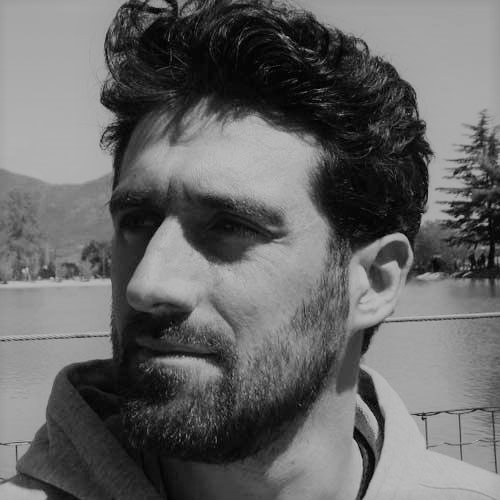Cork is a valuable material: more than 40 years are needed to obtain a single cork. It is a noble material that embodies the history of its native land. It can be 100% recovered and recycled, to be used in green building projects, in furnishing, in the mechanical engineering sector, and even in the aerospace industry. However, in most cases corks become waste after being used just once, just after a bottle is opened. In order to reverse this trend, in 2011 Amorim Cork Italia, active in the cork market, started “Etico,” the first project for the recovery and recycling of corks in Italy. “In Italy we have created a pilot project for a cork collection process that can last in time,” explains Carlos Veloso dos Santos, General Manager for the Italian branch of the Portuguese group Amorim Cork, world leader in cork sealants. “This is the reason why the projects is not only still running, but has grown over the years. Today we work with 40 associations, 1.000 volunteers and more than 6.000 collection points in Northern and Southern Italy.”
The Circular Economy is Also a Solidarity Economy
Thanks to the project “Etico,” Amorim Italia collects between 70 and 80 tonnes of cork every year, the equivalent of 11 cork-loaded trucks. Cork is later processed and transformed into fine granulate. The company covers all the expenses. “Plastic caps usually cost around 150 euros per tonne. Amorim pays the non-profit organisations involved in cork collection 700 euros per tonne,” explains dos Santos. “To this cost we need to add the cost of grinding (around 300 euros a tonne, editor’s note): this means we invest 1.000 euros for each tonne of cork we collect.” This way associations and cooperatives are encouraged and supported in their collection process, and at the same time they find a way to fund their activities. Therefore, each cork contributes not only to enhancing the recycling chain, but also to the solidarity chain on a local level. Thanks to this initiative Amorim has managed to prevent 80 million corks from ending up in the waste stream. However, how can you create an added value chain for a secondary raw material, which is one of the circular economy goals? The answer lies in producing quality products that ideally have some kind of connection to the environment where the material comes from, like wine cellars and wine bars. This is project Etico’s second step: creating a noble material out of recycled cork. “Together with Greencorks, we will launch a collection of furnishing complements such as bottle display units or shelfing made with recovered cork from bottle tops,” explains dos Santos. “We will introduce corks in a different form in wine cellars; not only as bottle tops.” Not just a cork, but a design object.
After being introduced in the Veneto region, project “Etico” has spread to the Italian regions of Friuli, Piedmont, Tuscany and Umbria, reaching as far as Sicily, Campania and Calabria. It has involved non-profit organisations, as well as other public institutions that are involved in separate waste collection. These take care of the boxes provided by the company, collect corks by raising awareness in the local community and provide a first sorting of the corks, with the help of cooperatives working with the disabled or convicts. At the end of this process, companies specialising in recycling buy and grind the cork to produce materials for heat or sound insulation in green construction, or to create new objects like stools, buckets to chill wine bottles and much more.
An encompassing circular sustainability concept, that meets environmental, economic and social needs. It meets environmental needs because it maintains the value of cork as a raw material. Economic needs because Amorim Cork Italia adds an economic contribution to the earnings coming from the sale of corks used to produce fine granulate for green construction, and this becomes a source of self-financing for the non-profit organisations involved. Finally, social needs are met as it allows volunteers from these non-profit organisations to carry out their community projects. “Our objective is the creation of a model of circular economy that can involve the most vulnerable members of society and make sure this becomes a functional and profitable management system,” claims Carlos dos Santos.
When you add value to a specific material through aesthetics, the message you give is that collecting and recovering the one billion corks that are dumped in Italy every year is possible. The chance to create a whole new chain is already present; there are companies willing to invest and there’s no lack of materials. All we need to do now is spread the word.
Amorim Cork Italia, www.amorimcorkitalia.com


